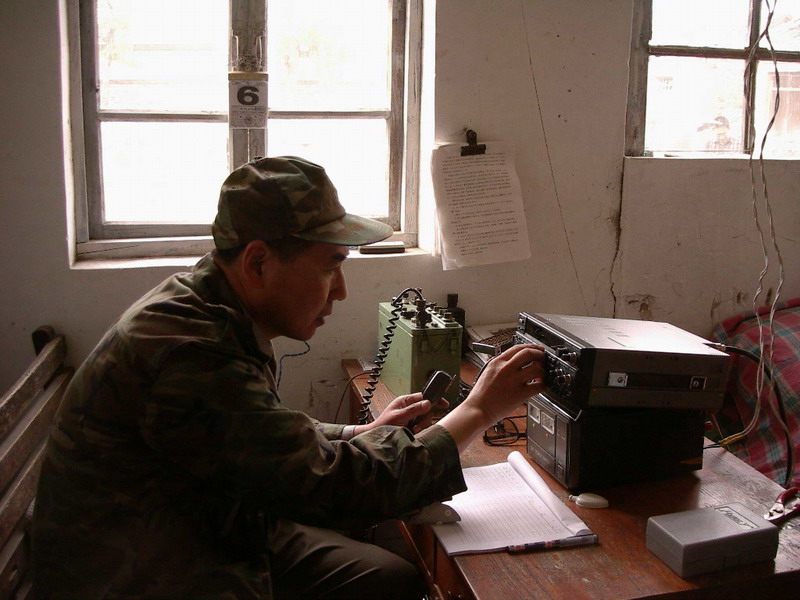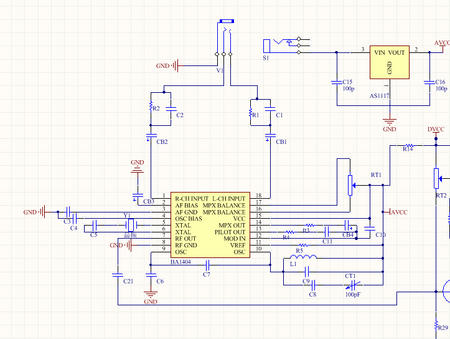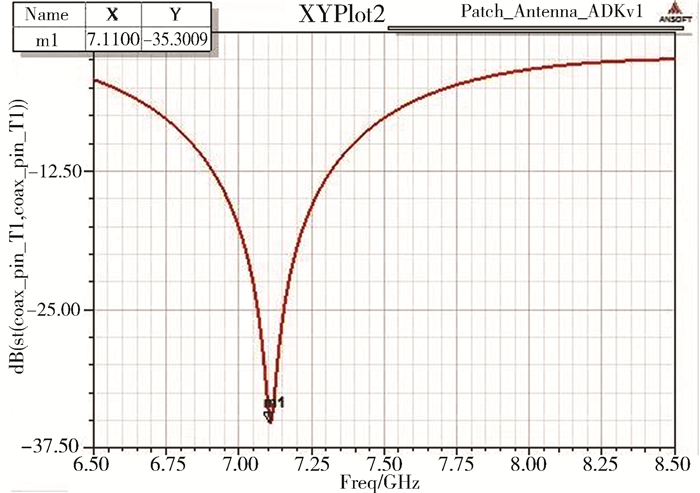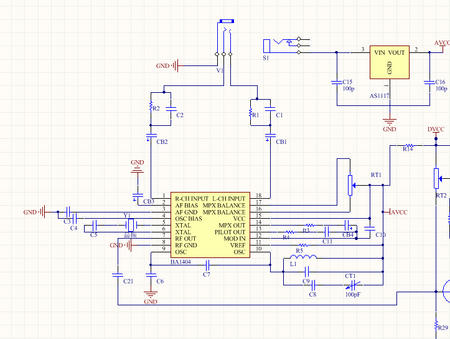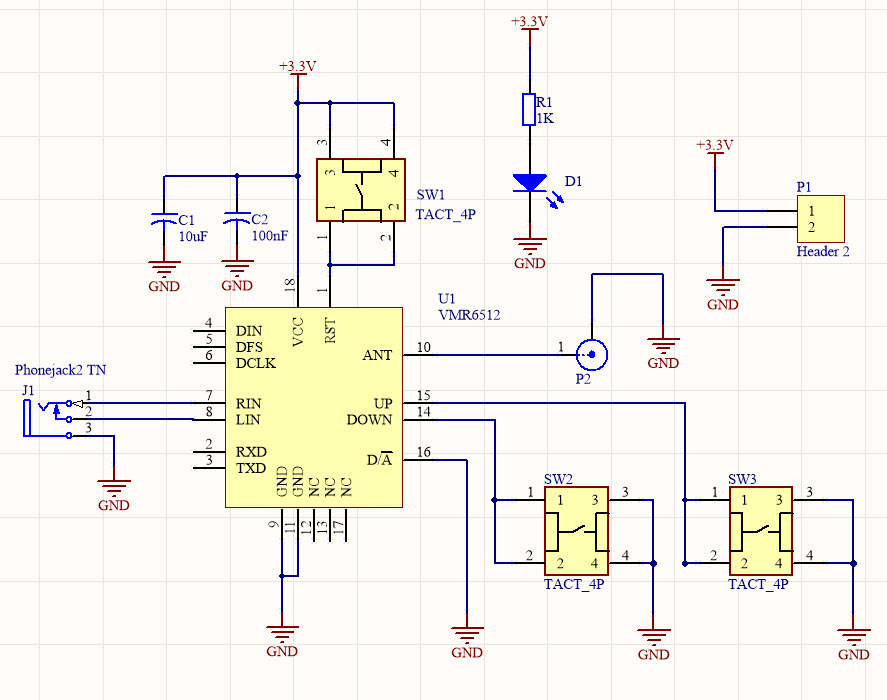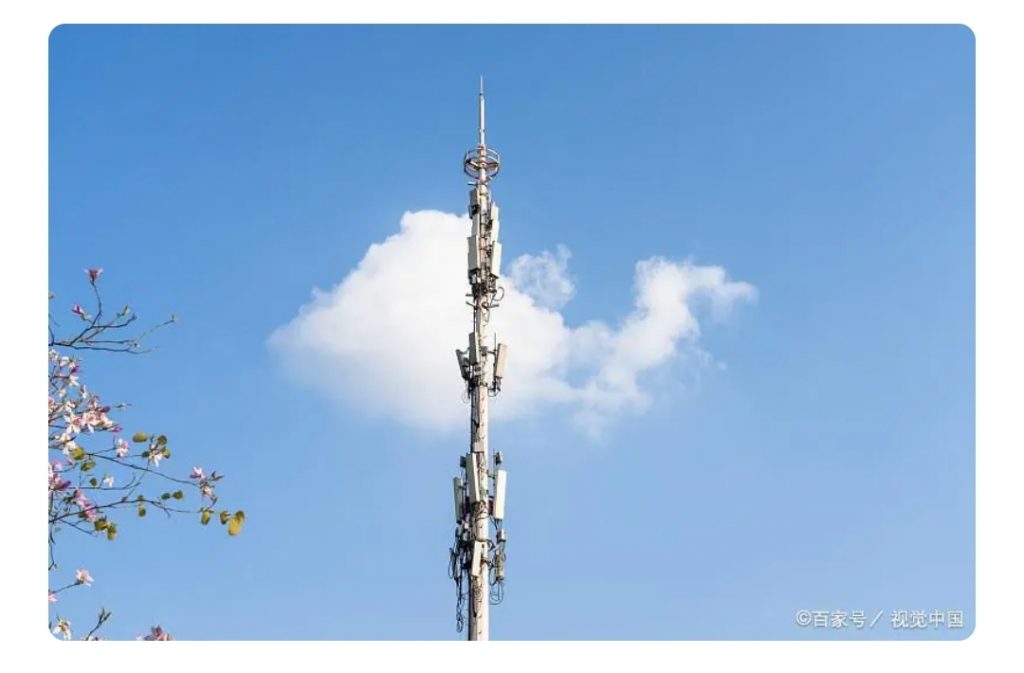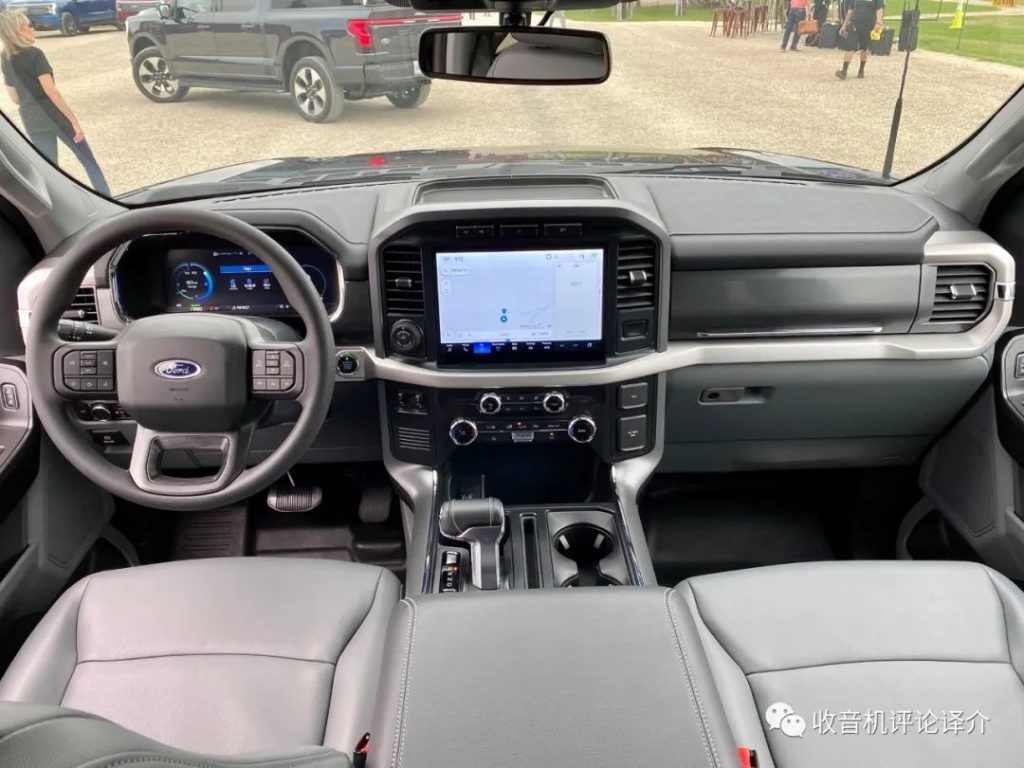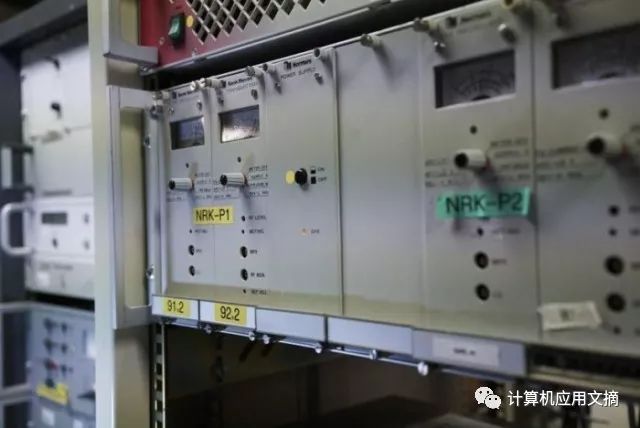Radio amateurs, or hams, are not so much a special group as they are a collection of several different special groups. What they have in common is that they all have to have a call sign and a license. In addition, there are big differences.
- Some are technical parties. Their interest lies entirely in technology. Test various antennas, debug various circuits, do various modifications or DIY by yourself, they not only play radio, they have a full set of laboratory equipment at home, not only universal oscilloscope signal generators, even spectrum analyzers, Antenna impedance analyzers, transistor tracers to rubidium atomic frequency references are all available. Of course, there will be big boxes and cabinets in their homes, filled with various electronic tubes, transistors, capacitors, and coils. They may collect a lot of variable capacitors. Their interest lies mainly in playing with technology, and they may not be interested in communication itself. They tossed for half a year, made countless circuits, and erected a magnificent antenna. As a result, they were on air for 2 days and made dozens of QSOs, and they would never communicate again. The next time he will do QSO, he will probably have to wait until he completes the next set of equipment or gets another set of antennas. For them, QSO is not an end, but just a celebration of finishing the equipment, which means that the equipment is completed. The technical party will experiment with EME, and stop playing after playing it a few times. I can make all kinds of antenna arrays. I don’t use them after I’m done, but I don’t have any interest after I’m done. I dismantle them and do other things. The technical party will collect all kinds of weird devices, such as Gunn diodes, traveling wave tubes, double-layer constant temperature quartz crystal oscillators, microwave transmitting tubes, very thick hard tube feeding tubes, and vacuum tubes used to make loop antennas. Variable capacitance. They will try the junction field small tube with two gates, and try the early transistors encapsulated in glass shells. Maybe I will also search for cold-cathode electron tubes with radioactive materials as cathodes that were only available in the Soviet era, and electron beam deflection mixers that are only available in the United States in the world, and then see how powerful this integrated circuit and analog multiplier are. difference.
- Some are card parties. Almost all of them are short-wave enthusiasts. They all have rotatable short-wave Yagi antennas, and they are keen to collect cards from all over the world. At first, there were thousands of cards, then tens of thousands of cards, and hundreds of thousands of cards when they were old. Their greatest joy lies in receiving different prefixes and different DXCC divisions from all over the world, and getting IOTA communication cards such as Huangyan Island. Their interest lies in collecting cards that ordinary people cannot receive. Most of these people are not technical people, and they may even know little about radio technology—although they still remember the laws of propagation very clearly. Once it involves spectrum analysis, DIY receivers, and wearing a thousand soda cans as antennas…they will No enthusiasm. They like to show off that they once communicated with an extremely rare radio station, and those rare radio station cards will be picked out one by one and placed somewhere. In order to get more cards, their call time is very short, ranging from a few minutes to a dozen seconds, and they even report a call sign, saying 73 when they say 59. They’re not interested in chatting with you much (unless you’re a rare station), but they’re often interested in participating in contests, but not like contest parties that specialize in contests.
- Competition party. These people are similar to card gangs. They have no enthusiasm for electronic technology, and they don’t know how to do spread spectrum communication by themselves, let alone polish quartz crystals or smell rosin with electric soldering irons. The difference between them and the card party is: they like to concentrate on playing the game the most. When the game comes, everything is ready and there is a 48-hour fierce battle. No. in China, No. in the world, and several awards in his life. They will set up very high antennas, very expensive equipment, and use various modern methods to record communications, but even if their radio stations have been used for ten years, they have not opened the casing to change a part. They will concentrate on practicing their listening skills, and their ears are better than blind people. Any weak signal is not let go. They will study Morse code assiduously, with high speed and accuracy. The way they communicate is completely like a lifeless robot.
- Chat party. Pure chew rags. They will chat with some old friends on the frequency for a long time. A contact often lasts more than ten minutes, and some chat continuously for two hours. They talked about all kinds of things, from their own radio configuration, friendships in the radio circle, to how many eggs their own hens laid. They are not interested in listening to very weak radio stations like race parties and card parties, because weak signals cannot be used for long chats. Their signal report to each other is usually 59+40dB. The chat party will chat from online to offline, go to the other party’s home for dinner, and may bring some gifts to the other party’s city. Chat parties are a nuisance because they hog the radio spectrum for too long. But there are also people who like to listen to chat party gossip.
- Feeling party. The sentimental party may have played games, may have been a technical radio expert, and may have been a chat party, but they are not keen on communicating with each other, nor do they care about the technological advancement of equipment. Even in the era when all kinds of digital devices are flying everywhere, they will still look for some pure CW equipment in the electronic tube era, see the cathode current of each tube displayed on the large meter, see the filaments of the electronic tubes, and feel the heat of the electronic tubes , and a bird-like keying sound. The sentimental party will read some very old electronic books, such as QST in 1924, ARRL manual in 1956, and make some single-tube regenerative receivers or single-frequency transmitters with quartz crystal oscillators—although there are Several modern transceivers. The sentimental party likes to collect all kinds of electric keys, or make all kinds of electric keys by themselves. A copper bar can be polished for half a day. They will write about the friendship among radio enthusiasts in the radio journals, feeling that the old days of brothers in the world have disappeared in this generation of hams born in the 80s and 90s. Most of the sentimental parties are very old, and they have a religious devotion to amateur radio. Those who violate the spirit of amateur radio will be very disdainful by the sentimental party. For example, those who cheat for high scores in competitions, those who trick Xiaobai into making money by reselling radio equipment, those who use radio as an official peripheral organization to gain fame and fortune for themselves, those who use amateur frequency bands as a station to chat or ask directions when traffic jams, and those who use radio They will disdain those who do marketing in the name. Therefore, many senior hams back then have retired in today’s ham society. A group of old guys often gather with old guys, but they have nothing in common with the new generation of hams. The intersection of sentimental party and technical party is relatively large. The sentimental party will strictly abide by the dogma of amateur radio, and will transmit with low power as much as possible, and despise those bastards who steal a five-kilowatt turtle during the competition. Seeing those who sing and laugh on the amateur radio band, and operate in violation of regulations, the sentimental party will be angry and tell them to get out.
- Car leg party. In the eyes of the sentimental party and the technical party, the legs of the car cannot be regarded as hams, because they are not out of research technology, they even use amateur radio as CB. In the eyes of the race party and the card party, the car leg party is also not popular, because they know little about radio, they just use VHF/UHF car radio and a few walkie-talkies to ask directions. There are almost no short-wave players in the car leg party. The antennas they use are called Miaozi and Bangzi. They are not interested in the short-wave Yagi with towering iron towers. They are not self-motivated either, since they can chat with the car station, that’s fine. They also have no sentimental party’s religious beliefs in radio.
- Listen to the party. They just listen. Even if they are good launchers, they just like to listen and don’t want to talk. Just listen quietly. They have a better understanding of what sounds are on the spectrum than the emitters. Of course, to be a listening party, you don’t need to obtain an amateur radio operation certificate, nor do you need to apply for a license to set up a station.
